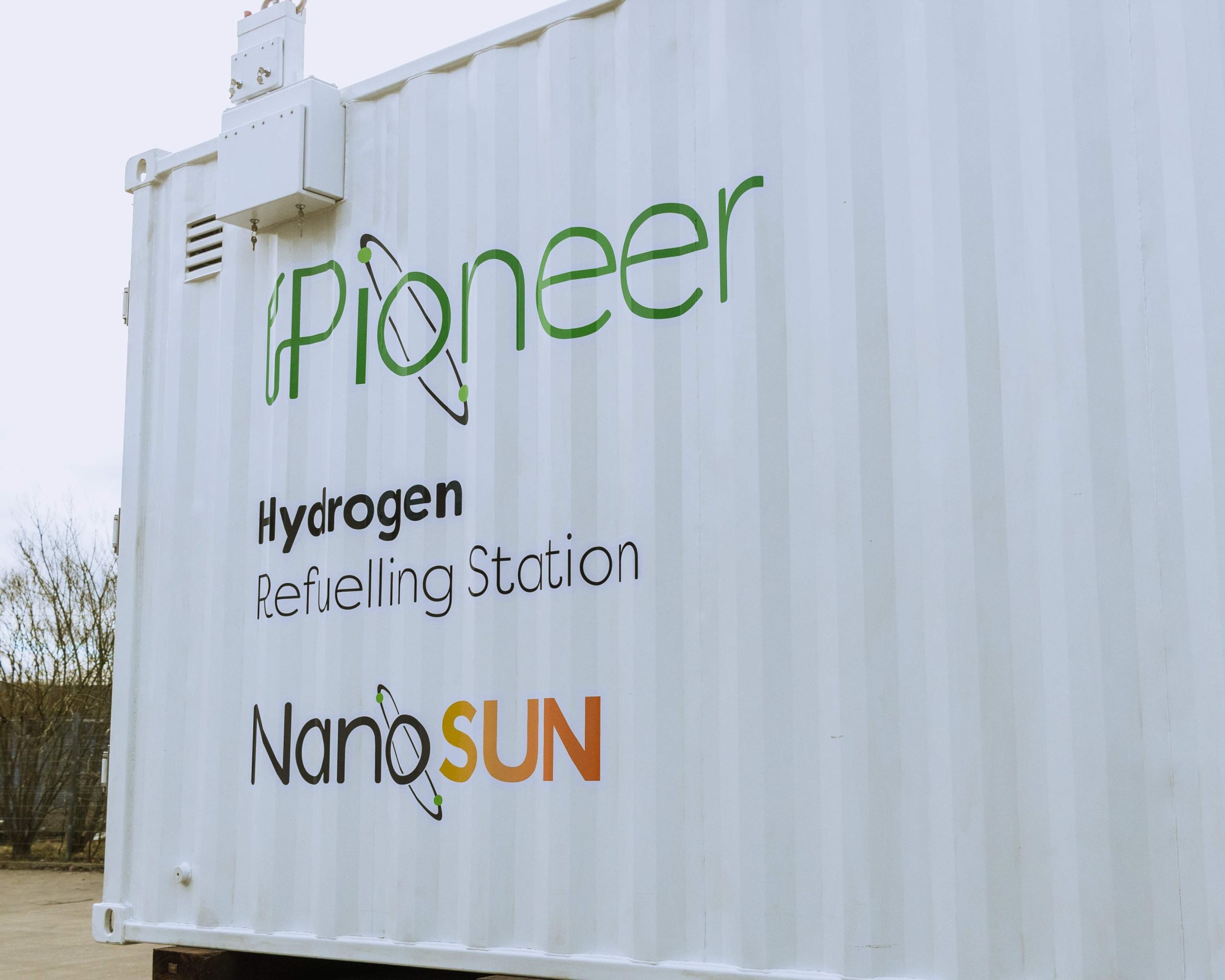Implementing Hydrogen Across the Transport Sector

After the HIL Glasgow 2022 Conference, Hydrogen Industry Leaders highlights the main takeaways from the first panel discussion and discusses the opportunities that hydrogen brings to the supply chain and how this can be implemented across different modes of transportation.
The panel discussion featured David Rennie, Head of Low Carbon Energy at Scottish Enterprise, Brian McLean, Strategy Director at AGS Airports, and Gordon Stewart, Rail Planning and Operations at Arup.
Good projects are needed to build the hydrogen economy
When asked: “What can aerospace do to create a business case?”, Brian took the panel discussion’s first question. He said: “In short, it is going to happen, so we have to be ready. Aviation is going to take modernising the airspace, sustainable aviation fuels, hydrogen as well, hydrogen and electrified.”
We are the perfect testbed when it comes to hydrogen.
From a Scottish Enterprise point of view, David explained that when it comes to utilising a business case and building the hydrogen economy, it all comes down to good projects.
He revealed: “We have done some work to identify around 60 potential production projects of hydrogen, right from the North to the South. We are also in conversations with a number of international countries and companies to come and invest in Scotland.
“In some ways it is as simple as good projects with a plan. We are all about benefiting the Scottish economy, that is what Scottish Enterprise is about.”
Retrofitting can support the decarbonisation of certain sectors
When asked about Arup’s view on retrofitting current train fleet, Gordon encapsulated that ensuring that retrofitting is at the top of people’s mind in the industry is essential but in his opinion, retrofitting would only work in the short and medium term: “Retrofit is one element, it could be a solution for the short and medium term, for example in the case of the Scottish Hydrogen Train project; a retired train from ScotRail converted into a hydrogen-powered train.”
He continued: “If you want a short to medium solution to tomorrow’s decarbonisation, that could be the answer.”
However, waiting until brand new trains to be available and for those that aren’t being used elsewhere in the world would not be a quick solution, and therefore would not support the rail sector to meet its net zero goal of 2035.
David echoed the need for retrofitting in the transport sector but expressed that some sectors will turn to retrofitting more than others: “For some areas, it will be retrofitting. First retrofitting will be used to test if things can work, largely because of the cost of building a new plane etc.”
Making things work first retrofit-wise will be the way for some sectors.
Using retrofitting to test if certain things work is also key to building confidence in the emerging hydrogen industry. Building this confidence is necessary to support companies in making the energy transition and is needed for companies’ financial, technical and reliability perspectives.
Sectors must work on hydrogen standardisation efforts
Questions were then opened up to the audience, who asked how standardisation is supporting bringing hydrogen in the UK mobility sector? Brian took the question and said when it comes to the aerospace sector, if it is to get to the standardisation of hydrogen, decisions need to be made.
He said: “We still need to decide if the sector is going to be electric or hydrogen, though our partners do think it will be hydrogen rather than electric, because how long does it take to charge, for example?
I think the sooner we get to the point that we are going down, it will be one direction for standardisation.
To coordinate standardisation efforts, better alignment is needed. This will help to accelerate both the UK and global efforts to achieve its low carbon energy and net zero future.
The key takeaway from the panel discussion was that the transport industry must collaborate more to help build confidence in hydrogen and that decisions need to be made now rather than later by companies, governments and industry leaders to see hydrogen implemented into the industries that need it most to help them meet their net zero goals.

